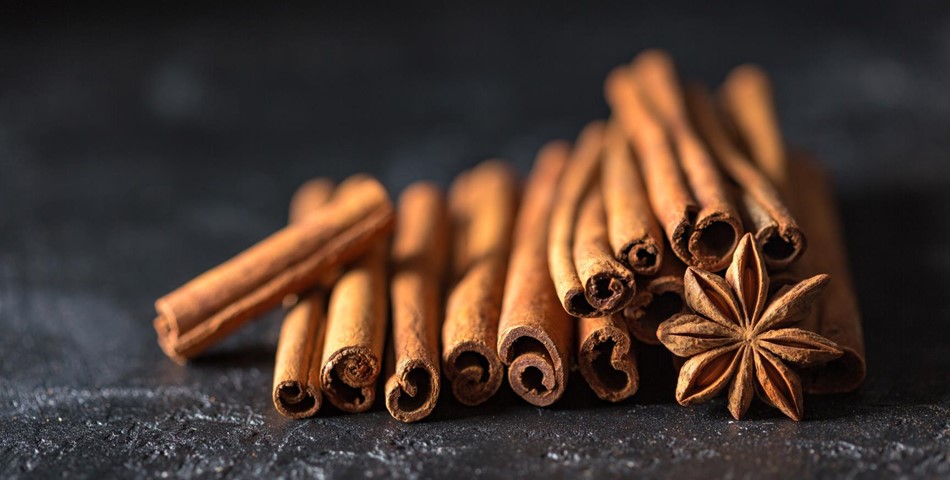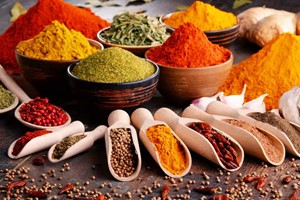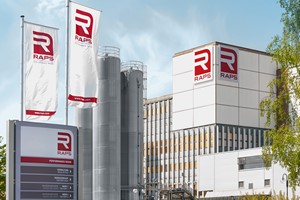The market for spice and herb extracts consists of celery, cumin, chili, coriander, cardamom, oregano, pepper, basil, ginger, thyme and other types of herb extracts. These extracts are concentrated solutions made by extracting (pulling or "washing") the herb's chemical constituents out of the inert herb fiber (cellulose) with a solution of alcohol and water or glycerin and water.
They are available in both, tincture and powdered form, and are in high demand for their flavoring, seasoning and aromatic attributes. The global market for spices is projected to exceed 3 million metric tons by 2022, driven by the myriad health and wellness benefits offered by spices, according to a report by Global Industry Analysts, Inc.
The market has a good trade potential, especially for small-scale farmers in regions like Asia-Pacific, where climatic conditions are favorable, and there is a significant local demand for spice and herb extracts. A large proportion of extracts traded in both, local and export markets, are produced by small-scale farmers. The key drivers leading to the growth of the spice and herb extract markets are the increased availability of international cuisines in the major economies, shifting consumer focus towards natural products and increasing demand for convenience foods.
Many companies, like Doehler, are focusing on natural herb & spice extracts as they are becoming popular in every segment of the food and beverage industry and offer plenty of scope for new and attractive taste creations. Spice and herb extracts have their applications in the food, beverage and pharmaceutical industries. In the food segment, they are used in dairy, dressings and marinades, meat and poultry, snacks and others.


In beverages, they are used in soft drinks, tea and herbal drinks, alcoholic beverages, and other applications. For example, herbal extracts are added to lassi, an Indian curd-based drink that is sold worldwide. North America has the largest market for spice and herb extracts, followed by Europe. Most of the EU countries like the UK and Germany do not have suitable agro-climatic conditions to cultivate most spices and herbs; hence, they depend heavily on imports from moderate - or semi-tropical countries. However, some specific spices and herbs are produced in the EU, mainly in Eastern region and some Southern European countries.
The European region is known to be a global trading center for spice and herb extracts, not only regarding imports from producing countries but also in trading among its members and other countries. Developing countries are the major suppliers, led by countries such as China, India and Vietnam. The Asia-Pacific region itself is an emerging market as these extracts act as key ingredients in the local cuisine.
In North America, the market for these extracts is driven by a rise in the street and convenience food culture. In the Latin American and African regions, the market has a high local demand and is less import dependent. The consumers prefer extracts of those herbs and spices that are grown locally and through organic methods. There is a significant scope for small and medium-sized exporters in the herb and spice extract market, especially from those belonging to the European region, in case they adopt sustainability measures.
There has been an increased focus and investments in the food and beverage industry, to develop new flavors and aromas using spice and herb extracts mainly for convenience foods and confectionery segments. The growing demand for natural preservatives has opened a line of markets for herb and spice extracts. Many consumers are becoming aware of the curative properties of herbs and spices extracts. This has led to the increased market for the use of these extracts in the nutraceuticals and cosmetic industry.













